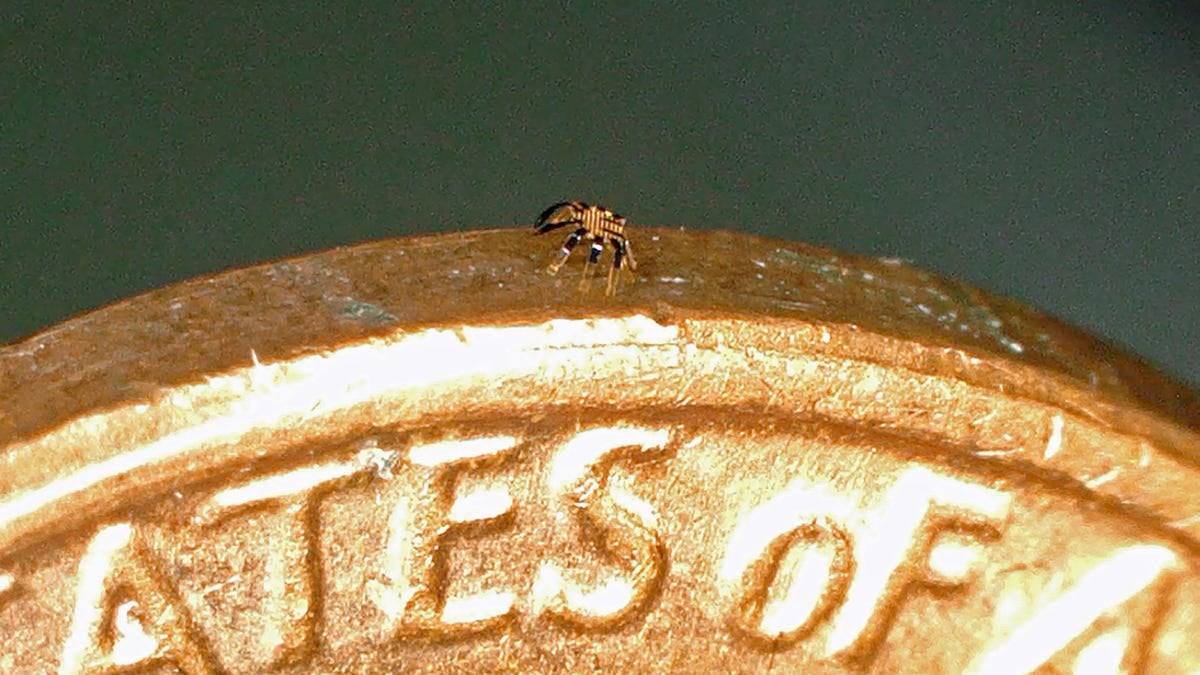[ad_1]
From the article: The robot crab the researchers created measures just half a millimeter wide, or roughly 0.02-inches across, and can move at a speed of about half of its body length every second. Unsurprisingly, it’s no speed demon, but like a tick that’s hopped on to your body during a hike in the woods, one of its biggest advantages is that it can move about without being detected, as it is both so small and incredibly lightweight.
So how did the researchers find batteries, servos, and other electronics small enough to squeeze onto the half-millimeter crab? They didn’t. It uses a completely different approach to movement than complex multi-legged robots like Boston Dynamics’ Spot. The crab is created from a shape-memory alloy that is deformed by a thin coating of glass applied during the manufacturing process, but returns to its original starting shape when heat is applied. So imagine your arm is bent, but instead of muscles, simply pointing a hair dryer at it causes it to straighten out. When it cools down afterwards, it bends once again.
In this case, a precise laser beam is used to heat specific points on the robot crab’s body in specific sequences, and as its various parts deform and bend back again as it’s heated and cooled, the researchers are able to make it locomote from point A to point B, plus turn and jump as well. It’s not quite as dextrous or agile as the dog-like robot Spot, which can deftly climb stairs and scamper over rough terrain, but Spot also can’t crawl inside a tiny crack in a wall, or into someone’s ear. (A truly nightmarish potential use of this tech.)
[ad_2]
Source link



